The Lowdown on Patellar Tendonitis
Welcome back to the Total Performance Newsletter! If you are a new subscriber and did not receive previous editions, check out the "Newsletter" tab on my website (www.totalperformance-pt.com) and they are all posted there-it was brought to my attention that previous links to the "Newsletter" tab did not work, but this one should. If you have trouble accessing this link, please let me know! This month, we will continue to take a look at some specific movement and injury-related issues that commonly arise and how to deal with them.
Before we dive into today's topic, I wanted to give a quick social media plug. Follow us on Instagram (@total_performance_pt) and Facebook (@Total Peformance Physical Therapy). I have been more active in those places and will be making regular posts on ways to further help you move better, feel better, and perform better!
Getting back to today’s newsletter, we are going to discuss Patellar Tendonitis. We'll explain what it is, why it happens, and what to do about it. Here we go.
What is Patellar Tendonitis?
The patellar tendon is the tendon that attaches your quad muscle to your shin-it is the squishy part of your knee between your knee cap and your shin bone. When the knee bends, this tendon stretches, and when the knee straightens, it contracts-just like the quad muscle. Patellar tendonitis is inflammation of the patellar tendon. When this tendon gets inflamed, it can cause pain, limited range of motion, and weakness in the knee. Below is a picture to help visualize.
What causes it?
Similar to lateral epicondylitis (tennis elbow), which was last month's newsletter topic, patellar tendonitis is also the quintessential overuse injury. For one reason or another, or a combination of these reasons, there is simply more force going through that patellar tendon than it can handle, leading to inflammation and eventually pain. Let's take a look at the most common contributing factors.
Too much volume
As we talked about last month, volume just means the amount of something that you do. Sometimes, the volume in which you are stressing your knees is just too much. Volume especially becomes an issue if you do too much too fast, or if you do too much for too long. For example, if you went from not running for a year and then all of a sudden ran 5 miles per day for a month straight, there is a good chance that spike in volume can lead to some issues. Similarly, lets say you slowly built up to 5 miles per day, but that 5 miles was really pushing your limits. This may be okay for a while, but eventually the continuous stress of pushing your knees (and your body) to its limits without breaks or recovery can take a toll, leading to inflammation and irritation. A qualified professional can help you with this, but managing volume properly requires the right blend of progression as tolerated along with associated recovery and rest as needed.
Lack of recovery
This one relates to volume, but adequate recovery is needed anytime we ask our bodies to perform. Recovery can come in many forms, including a decrease in exercise volume/intensity, modalities such as ice, heat, or manual therapy, mobility exercises, and even sleep and nutrition. The amount of recovery needed and the specific areas of focus are going to vary for each person, but adequate recovery is how we prevent too much volume accumulation. Without recovery, our body never gets the chance to repair and restore itself, and without such restoration, inflammation and irritation can begin to creep up.
Lack of strength and/or range of motion
Separate from volume or recovery, there are also physical qualities that can lead to patellar tendon irritation. If we are lacking the strength and/or range of motion needed to perform an exercise or play a sport, our body will still find a way to do the desired tasks. However, if our muscles aren't able to perform the work that they should, the extra force may be displaced to the tendons. If too much of this force is repetitively put on the tendons over and over again, this can lead to inflammation and irritation. Ensuring adequate strength and range of motion is key to managing and preventing tendonitis, and will be discussed below.
Poor movement mechanics
Similar to above, poor movement mechanics can also place undue stress on tendons. Proper technique is considered proper because it allows force to be equally distributed across all relevant muscles, joints, tendons, and ligaments. So, if we are performing an exercise or playing a sport with improper technique, this means force is being unevenly distributed, and it is likely that the patellar tendon can take on some of this extra force. Extra force over time = inflammation. Poor movement mechanics can be a result of a lack of strength and/or range of motion, but sometimes fixing it just requires proper coaching and cueing. A qualified professional should be focused on addressing this.
It is important to note that there is plenty of overlap between each of these contributing factors and often times, several of them are playing a role and need to be addressed. This is what we will dive into below.
What to do about it?
For this section, we are going to mainly focus on a detailed exercise-based plan that tackles the basics of patellar tendonitis treatment. As mentioned above, it is also important to get things such as nutrition, sleep, volume management, sport-specific technique, and general recovery under control. Each of these can fill their own newsletter, but a qualified professional should be incorporating these factors into their overall treatment plan.
As always, exercises should be tailored to reach person's specific abilities and limitations, but here is a well rounded, comprehensive sequence of exercises that is a good place to start and covers all the bases. The names of the exercises are links to video descriptions.
Foam Roller Quads, Adductor, Glutes
spend as much or as little time as needed; goal is to loosen up the leg and hip muscles that can have an impact on the knee
Circuit: 2 rounds
Glute Foam Roller Walkover; 10 reps
put roller on belt-line; goal is to improve hip motion, which can take pressure off the knee
Foot on Box Knee Flexion; 10 reps
keep the knee straight as you twist the shin inwards; goal is to improve knee mechanics
Circuit: 2-3 rounds
Leg Extension ISO Hold; 20-45 seconds
Isometrics are great for pain relief and help to remodel the tendon; also good for building tolerance to muscle contraction
Kickstand RDL; 8-10 reps
goal is to improve hip motion and build hip strength to take pressure off the knee
Circuit: 2-3 rounds
2 Band TKE; 12-15 reps
goal is to improve knee mechanics and begin to build quad strength
Wall Squat ISO Hold; 30-45 seconds
another form of isometrics that can improve the mechanics of putting force into the ground through your foot; focus on full foot contact with a slight emphasis on inner part of foot-make sure it is a downward force, not a "rolling in" motion; progress to single leg when ready
Circuit: 2-3 rounds
Reverse Step Down; 8-10 reps
building quad strength and hip stability; focus on slow tempo on the way down, keeping knee in-line with foot; slow tempo on way down is a good way to use eccentrics, which also helps remodel the tendon and builds tolerance to producing force while lengthening; use hands support if needed, progress to holding weight if able; should feel quad and glutes
Side Plank; 20-30 seconds
building core and lateral hip strength, both important for taking pressure off the knee
1/2 Kneeling Quad Stretch and Posterior Hip Capsule Stretch; 45-60 seconds each
think of this as a cool-down; easy stretches to relax the muscles after working them
Of course, these exercises can be adjusted, progressed, and regressed as needed. If you are an athlete working to return to sport, it will be important to progress to more sport specific exercises once the basics are mastered.
Patellar tendonitis can be quite the nagging issue, but hopefully this information provides a comprehensive overview that can help you get started in the right direction if it's something you're dealing with.
Stay tuned for next month’s newsletter, where will we continue to look into some common issues that arise and practical solutions to deal with them! Also, if you have any topics that you want to see covered in a future newsletter, please let me know!


